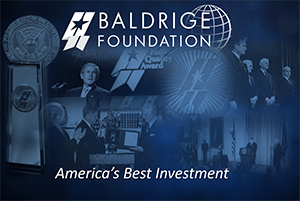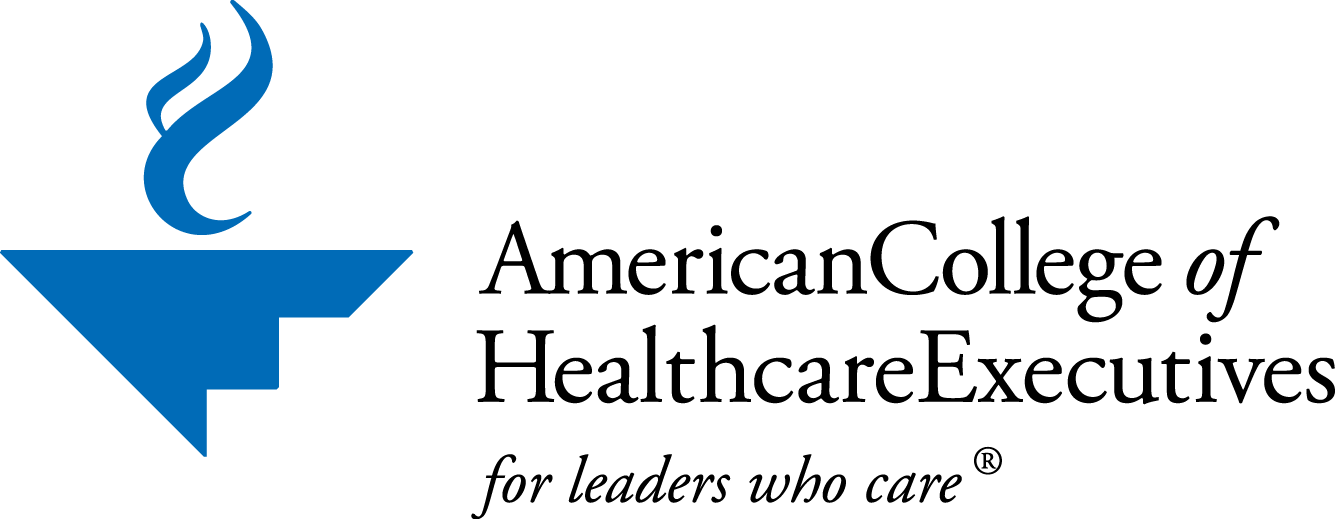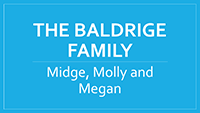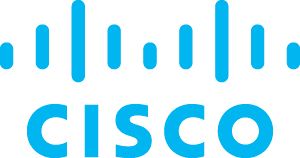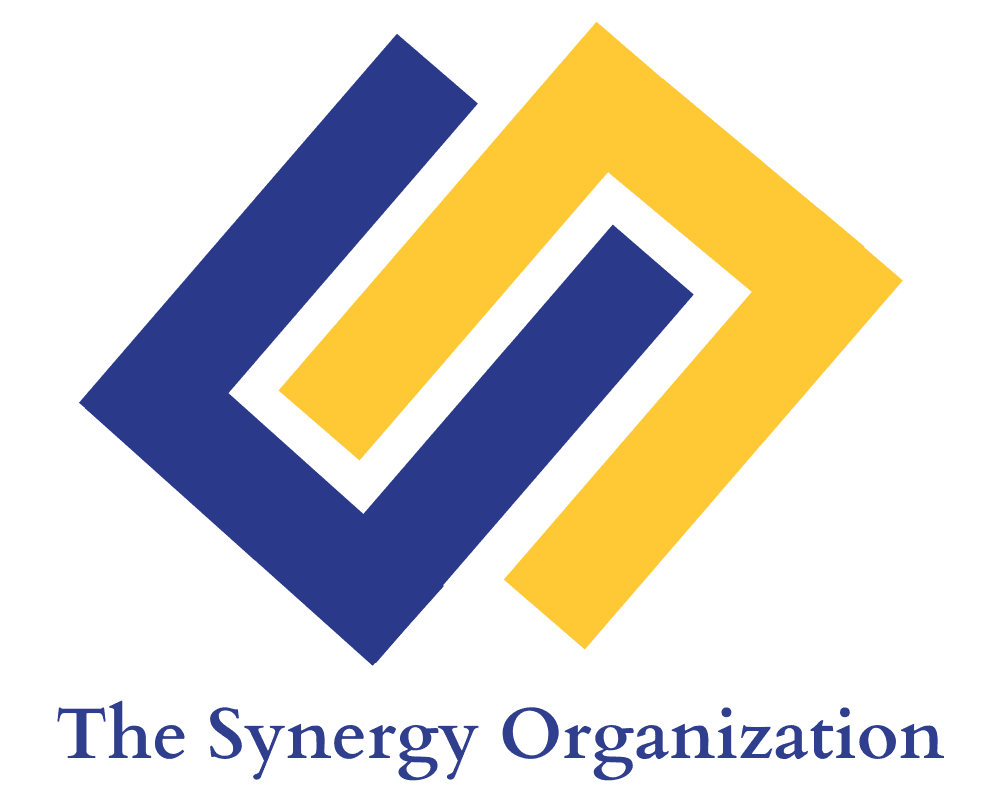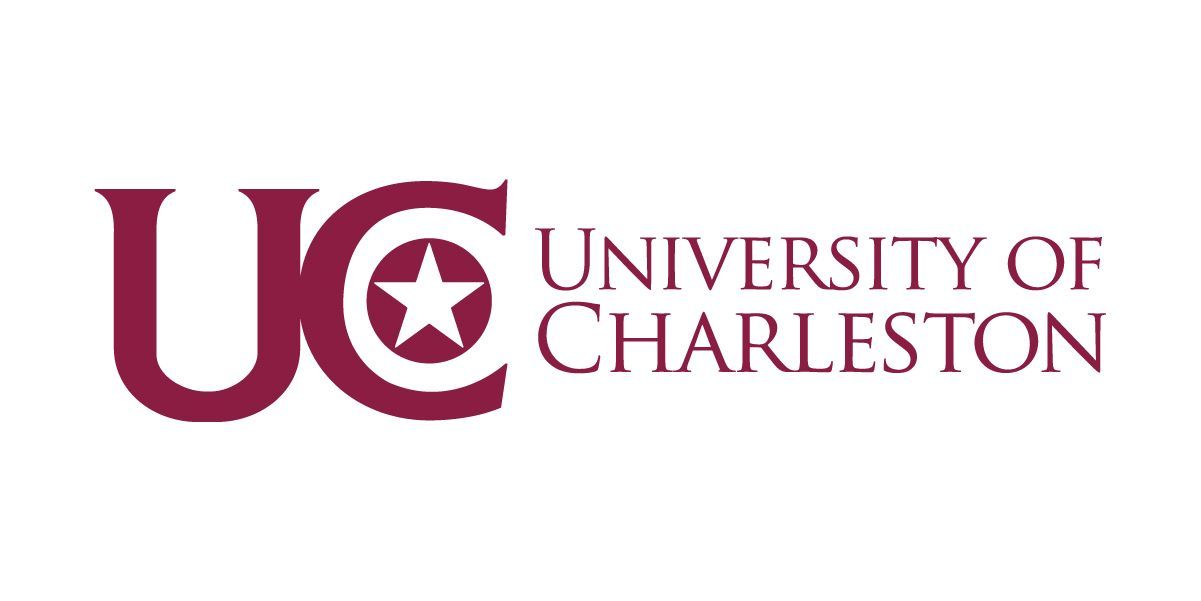Usefulness of Baldrige Self-Assessments
Michele Trimby Hoppenrath
Usefulness of Baldrige Self-Assessments by Michele Trimby Hoppenrath explores the use of self-assessment tools in determining the potential score of a Malcolm Baldrige National Quality Award application to assist organizations in developing operational excellence. These tools can help determine the maturity of processes and identify areas that need improvement.
A study examined three types of self-assessment tools – written narratives, Likert-scale surveys, and behaviorally-anchored response surveys (BARS) – and ranked them according to ease of use, financial cost, time needed to complete, and availability. BARS was identified as the most useful approach. Three published tools in the BARS category were evaluated to identify the tool having the best alignment with the Baldrige Criteria. Denis Leonard’s Baldrige Aligned Self-Assessment Matrix Table was identified as the best. This tool was used by Baldrige examiners along with the 2018 Green Gateway Baldrige case study to determine how well it can predict criteria scores in a formal Baldrige assessment. A statistical analysis of the data suggests that the Baldrige Aligned Self-Assessment Matrix Table can provide an accurate estimation of the score of a formal Baldrige assessment.

